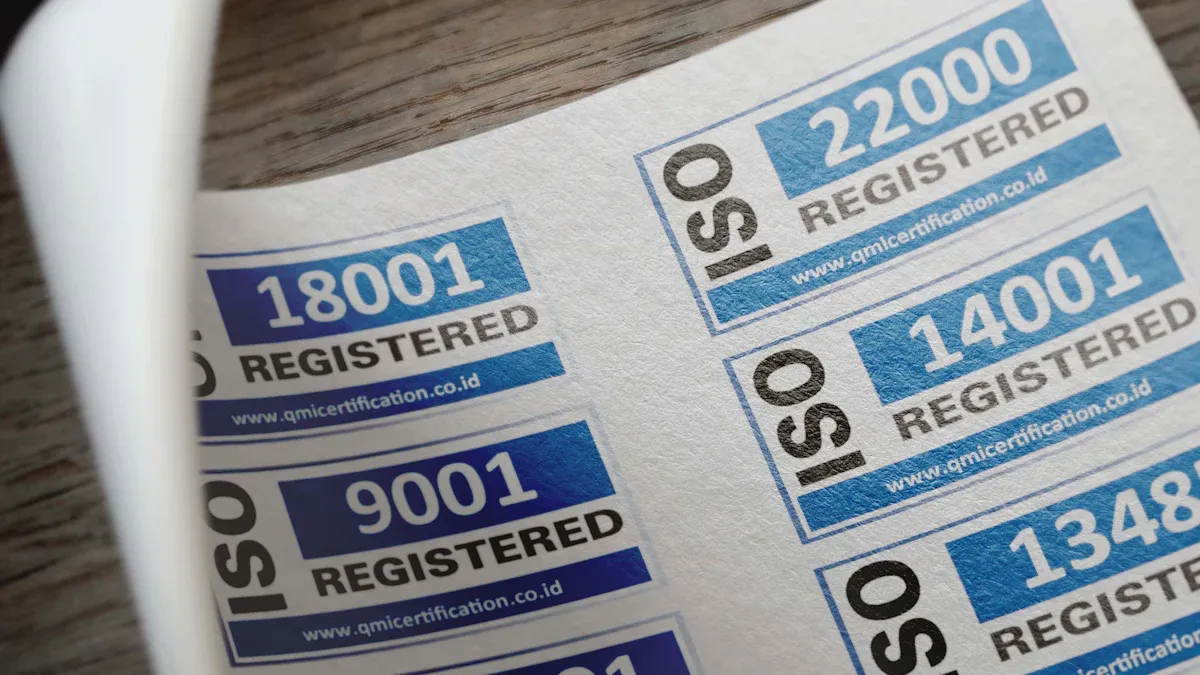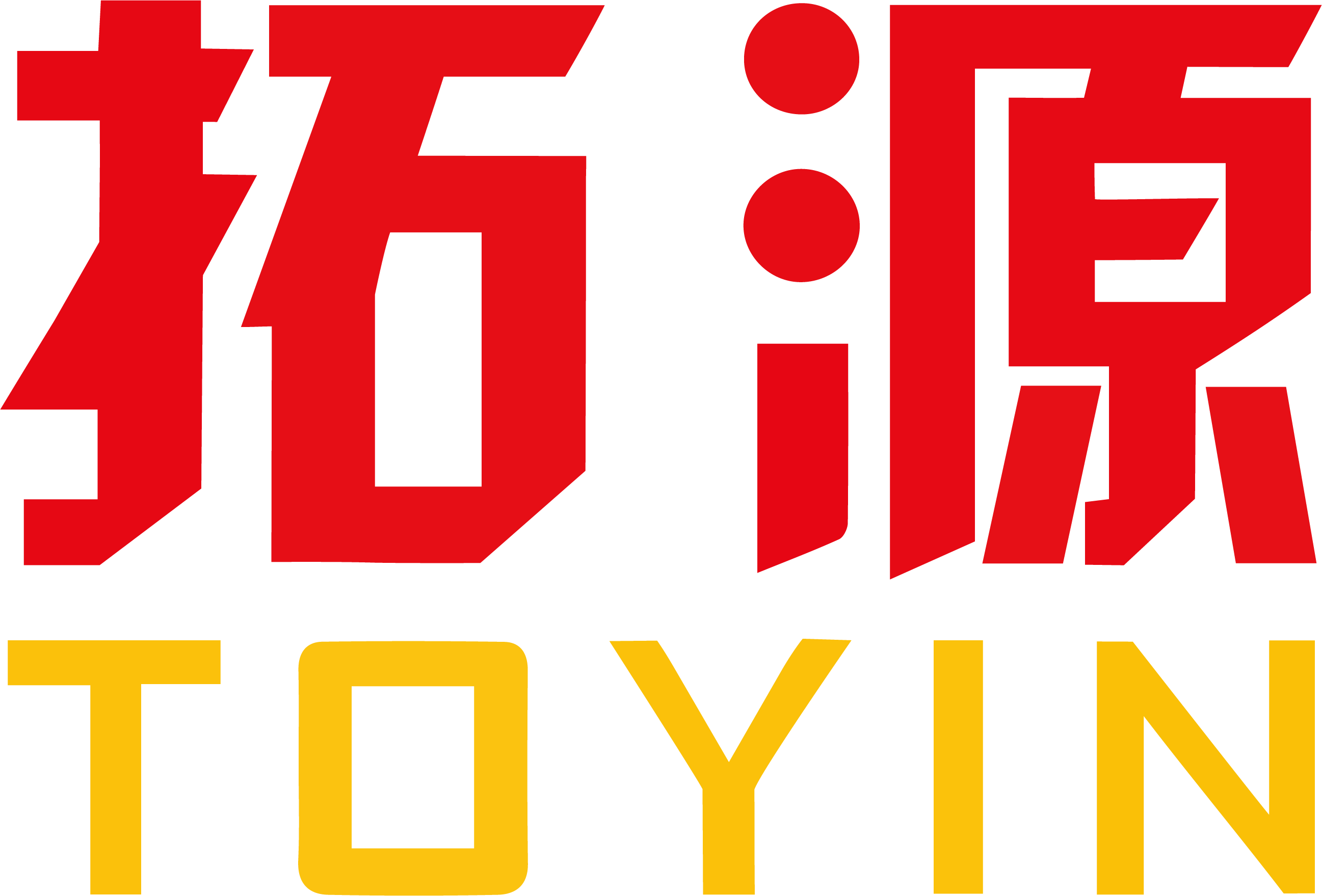Vetting a certified partner requires a structured, three-phase process that goes beyond the certificates. The global acrylic market is expanding rapidly, making a thorough evaluation more critical than ever.
Market Segment | Value (2023) | Projected Value (2030) | CAGR (2024-2030) |
|---|---|---|---|
Global Acrylic Polymer | USD 648.3 million | USD 884.7 million | 4.7% |
U.S. Acrylic Polymer | N/A | N/A | 5.3% |
Your Action Plan:
Pre-Audit Document Review
On-Site Audit
Post-Audit Evaluation
This definitive method confirms if an ISO9001/WCA certified acrylic OEM has the real-world capability to produce your high-quality, custom collectibles fixtures.
Phase 1: Pre-Audit Document Review

This initial phase builds the foundation for your entire vetting process. You will verify certifications and analyze key documents before ever stepping foot in the factory. This homework ensures your on-site visit is efficient and targeted.
Verify Your ISO9001/WCA Certified Acrylic OEM
First, you must confirm the authenticity of a potential partner's certifications. A valid certificate is non-negotiable. You can verify an ISO 9001 certificate's status through a few simple steps.
Visit the International Accreditation Forum (IAF) search tool at iafcertsearch.org.
Use the certificate number to search their database.
Check the certificate for the accreditation body's logo.
Confirm the certificate is not expired and all surveillance audits are complete.
Some certification bodies also offer their own online validators for instant confirmation. This simple check protects you from fraudulent claims and confirms the ISO9001/WCA certified acrylic OEM is in good standing.
Review Quality Management System (QMS) Docs
Next, you should request and review the factory's core Quality Management System (QMS) documents. These papers reveal how the company translates quality standards into daily operations. Key documents to analyze include:
The company's documented quality policy and objectives.
The official Quality Manual.
Procedures for controlling documents, records, and nonconforming products.
Records of internal audits and corrective actions.
Reviewing these items gives you a clear picture of the factory's commitment to quality before you commit to a visit.
Prepare a Collectibles-Specific Audit Checklist
Standard audit checklists are not enough for custom collectibles. You need a checklist tailored to your specific product needs. This list should focus on areas critical to high-value acrylic fixtures. For example, investigate the factory's material traceability. Your checklist should prompt you to assess their ability to trace raw materials and verify their supplier relationships. A strong ISO9001/WCA certified acrylic OEM will have a transparent supply chain system.
Phase 2: The On-Site Audit

Your document review built the foundation. Now, the on-site audit is your moment of truth. This physical visit confirms if the factory's documented promises match its real-world operations. You will use your collectibles-specific checklist to guide you through a systematic evaluation of the facility.
Assess Production Capabilities
You must first confirm the factory has the right tools for your project. High-quality collectibles fixtures demand precision technology. During your tour, look for modern, well-maintained equipment.
Key Production Technologies to Verify:
CNC Machining: Check for CNC milling machines, lathes, and routers capable of achieving tight tolerances.
Laser Technologies: Observe their laser cutters in action for clean, precise cuts.
Forming Methods: Ask to see their equipment for thermoforming, vacuum forming, and line bending.
Finishing Processes: Inspect their polishing stations (machine, hand, and flame polishing) and bonding areas.
Note on Materials: A factory's equipment is only as good as the materials it uses. Discuss their raw material sourcing. A reliable partner will have a clear system for incoming material inspection and supplier diversification to avoid supply chain disruptions. They should be able to verify the source and quality of their acrylic sheets and MMA monomer.
Verify On-Site Quality Control
A certificate proves a quality system exists. Your job is to see that system working on the factory floor. Observe the quality control inspectors. Are they actively checking products at different stages of production?
You should see them using specific tools to ensure precision.
Quality Check | Essential Tools & Methods |
|---|---|
Dimensional Accuracy | Digital calipers, Coordinate Measuring Machines (CMM) |
Internal Defects | High-intensity lightboxes to spot bubbles or glue marks |
Surface Finish | Gloss meters, visual inspection under controlled lighting |
Bonding Strength | Destructive and non-destructive testing equipment |
For high-end collectibles, standard dimensional tolerances are typically around ±0.1mm to ±0.2mm. A superior ISO9001/WCA certified acrylic OEM will use advanced methods like ultrasonic testing to detect internal bonding defects that are invisible to the naked eye.
Confirm Ethical and Labor Standards
A WCA certificate is an excellent indicator of ethical practices, but you must verify compliance with your own eyes. A factory that truly values its workforce often holds multiple social compliance certifications, such as BSCI or SA8000. These show a broader commitment to social responsibility.
During your walk-through, look for these simple but critical indicators:
Are workers wearing the correct Personal Protective Equipment (PPE) for their tasks?
Do workshops have adequate ventilation systems, especially in polishing and bonding areas?
Is the workspace clean and free of safety hazards like unlabeled chemicals or obstructed walkways?
Observing these details gives you a real-time snapshot of the company's culture and its commitment to worker safety and well-being.
Evaluate Engineering and Prototyping
Your custom fixtures begin as a design. A strong partner must have a capable engineering department to turn your concept into a manufacturable product. Ask to meet their engineering team. They should be proficient in CAD/CAM software and have experience in product and tooling design.
A key test of their capability is the prototyping process.
A top-tier factory can often produce a custom acrylic prototype in just a few days. This rapid turnaround demonstrates their efficiency, expertise, and in-depth understanding of the fabrication process.
Discuss their prototyping timeline and process. A slow or disorganized prototyping phase is a major red flag. It often predicts future delays in mass production.
Phase 3: Post-Audit Evaluation
Your on-site audit is complete. Now you must translate your observations into a final, data-driven decision. This final phase involves analyzing your findings, addressing any shortcomings, and formalizing the partnership.
Analyze Findings Against Your Checklist
You need to systematically score your audit results. This process turns your notes into objective data. A simple scoring method treats all questions equally. However, a weighted scoring system gives more importance to critical areas like quality control or material traceability. This method provides a more precise and fair comparison between potential partners.
Feature | Simple Scoring | Weighted Scoring |
|---|---|---|
Precision | Treats all questions equally. | Concentrates value where it matters most. |
Setup | Faster to set up. | Takes more thought upfront, saves time during comparison. |
Transparency | Can be transparent. | Often feels fairer, makes priorities explicit. |
Using a weighted score helps you focus on the factors that have the biggest impact on your product's success.
Request a Corrective Action Plan (CAP)
No factory is perfect. You will likely find minor non-conformities. For any significant issues, you should request a formal Corrective Action Plan (CAP). A professional partner will welcome this as an opportunity for improvement. A strong CAP includes:
A clear description of the problem.
A root cause analysis to find the underlying issue.
Specific action steps to fix the problem.
Assigned individuals responsible for each step.
A realistic timeline for completion.
A Note on Timelines ⏰ The timeframe for a CAP depends on the risk. High-risk issues require immediate action, often within days. For medium or low-risk issues, a 30 to 90-day timeline is a reasonable industry benchmark.
Make the Final Partnership Decision
With your scored audit and the factory's CAP in hand, you can make an informed decision. If you choose to move forward, the next step is to create a formal manufacturing agreement. This legal document should clearly define key terms, including:
Payment and pricing structures.
Shipping and delivery responsibilities.
A clear process for rejecting non-conforming products.
Once the partnership begins, you must track its performance. Establish Key Performance Indicators (KPIs) to monitor success. Important KPIs include partner-generated revenue, customer satisfaction scores, and adherence to the agreed-upon scope of work. This ongoing evaluation ensures your chosen ISO9001/WCA certified acrylic OEM remains the right partner for the long term.
Your vetting journey does not end with a certificate. You must use the three-phase process of documentation, on-site verification, and post-audit analysis. This framework provides a complete picture of a partner's capabilities.
This rigorous evaluation is the key. It helps you secure a reliable ISO9001/WCA certified acrylic OEM capable of meeting your high standards. As auditing evolves with remote tools and AI, this foundational process ensures you always make an informed, data-driven decision for your collectibles fixtures.
FAQ
What if I cannot visit the factory in person?
You can hire a reputable third-party auditing firm. These firms act as your representative on the ground. They use your checklist to conduct the on-site audit and provide a detailed report. This gives you professional verification without the travel.
Why is a Corrective Action Plan (CAP) so important?
A CAP shows a factory's commitment to quality and partnership. It proves they take your findings seriously. A partner who provides a detailed CAP is more likely to be a reliable, long-term asset for your business.
What is the biggest red flag during an on-site audit?
The biggest red flag is a major difference between documents and reality. If the factory's QMS documents describe processes you do not see on the factory floor, it signals a deep problem with their quality culture and operational discipline.
Are ISO9001 and WCA the only important certifications?
No, they are just a strong starting point. You should also look for other relevant certifications.
For example, BSCI or SA8000 certifications show a deeper commitment to social compliance. Certifications specific to materials or environmental standards also add value and credibility to a potential partner.

